Mary Tudor (78 page)
Authors: Linda Porter

The blackening of Mary’s name began in Elizabeth’s reign and gathered force at the end of the 17th century, when James II compounded the view that Catholic monarchs were a disaster for England. But it was really the enduring popularity of John Foxe which shaped the view of her that has persisted for 450 years. Attempts to soften her image have been made, but their tendency to depict her as a sad little woman who would have been better off as the Tudor equivalent of a housewife is almost as distasteful as the legend of Bloody Mary.To dismiss her life as nothing more than a personal tragedy is both patronising and mistaken.
One of the main themes of Mary’s existence is the triumph of determination over adversity. She lived in a violent, intolerant age, surrounded by the intrigues of a time when men and women gambled their lives for advancement at court. Deceit, like ambition, was endemic among the power-seekers of mid-Tudor England who passed, in procession, through her life. Pride, stubbornness and an instinct for survival saw her through tribulations that would have destroyed a lesser woman. Her bravery put her on the throne and kept her there, so that when she died she was able to bequeath to Elizabeth a precious legacy that is often overlooked: she had demonstrated that a woman could rule in her own right.
The vilification of Mary has obscured the many areas of continuity between her rule and those of the other Tudors. Today, despite the fact that much more is known about her reign, she is still the most maligned and misunderstood of English monarchs. For Mary Tudor, the first queen of England, truth has not been the daughter of time.
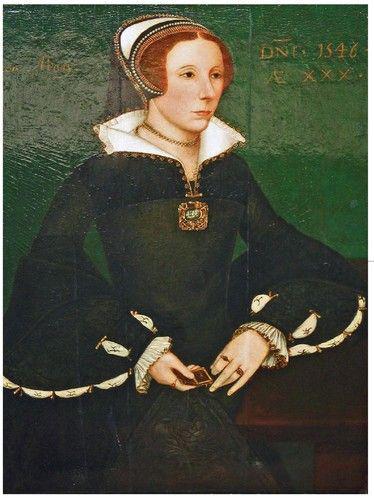
Portrait of a lady thought to have been Mary Tudor, inscribed and dated 1546. (By kind permission of Viscount De L’Isle from his private collection.)
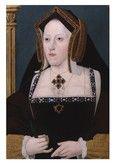
Katherine of Aragon, first wife of Henry VIII. Her inability to produce a male heir destroyed her marriage, plunging her daughter Mary and the entire country into a period of painful upheaval.
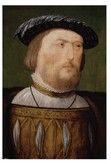
King Henry VIII, between 1535 and 1540. A striking portrait of Mary’s father, painted at a time when her relationship with him was compromised by his determination to divorce her mother, Katherine of Aragon.
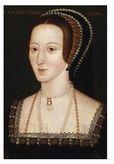
The first of Mary’s five step-mothers, Anne Boleyn was hated by the princess as the usurper of her mother’s place as queen and the author of all her misfortunes between 1533 and 1536. Anne’s occasional attempts at reconciliation were contemptuously repulsed. But her disgrace and execution only increased the king’s determination to subdue his elder daughter.
Mary aged 28 in 1544, the year she was restored to the succession by Act of Parliament. Her fine complexion is evident, as is her love of the latest fashions in rich russet and crimson brocade and velvet.
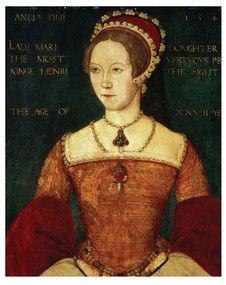
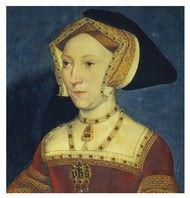
Jane Seymour, quiet but clever enough to play an effective role in bringing about the downfall of Anne Boleyn. Jane was a religious conservative who championed Mary’s cause but died after giving birth to Henry VIII’s heir, Prince Edward.
Edward VI, probably painted in 1546, the last year of his father’s reign. Intellectually capable, committed to religious reform and fond of sports, the young king was not the weakling of popular imagination. He was determined to cut both Mary and Elizabeth out of the succession when he realized he was dying.
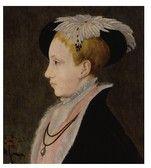
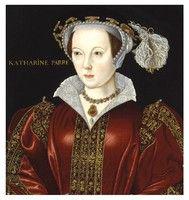
The intelligent and companionable Katherine Parr, Henry VIII’s sixth and last wife. Her friendship with Mary transformed the princess’ life in the mid-1540s, but Katherine’s impulsive remarriage to Thomas Seymour after the old king’s death cooled their relationship.
The hastily divorced Anne of Cleves. In this famous painting by Holbein, the German princess appears personable. Henry VIII married her unwillingly and never overcame his aversion in the six months that she was his consort. Mary remained on excellent terms with her till Anne’s death in 1557.
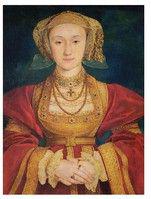
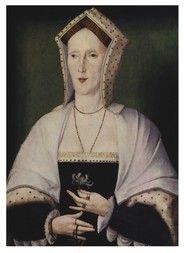
Mary’s Lady Governess, Margaret Pole, countess of Salisbury. A vital influence in Mary’s upbringing, this niece of Edward IV was one of the great ladies of the English court. Handsome, devout and devoted to Mary, she was imprisoned by Henry VIII and executed in 1541.
Other books
Crimson Psyche by Lynda Hilburn
Dancer at Silver Spires by Ann Bryant
The Carpenter's Children by Maggie Bennett
Knife Fight and Other Struggles by David Nickle
One Reckless Summer by Toni Blake
Dawn Endeavor 2: Hayashi's Hero by Marie Harte
The Cider House Rules by John Irving
Finding Valor by Charlotte Abel
Love And The Real Boy - Coming About, Book 2 by J.K. Hogan
